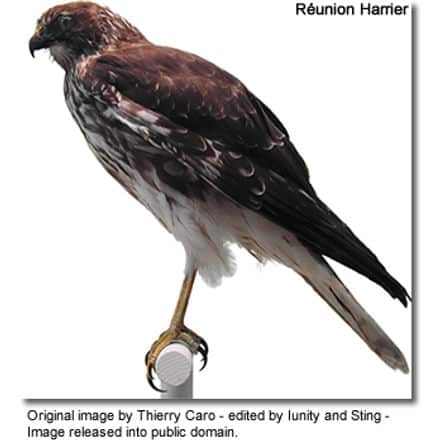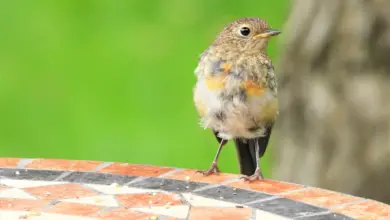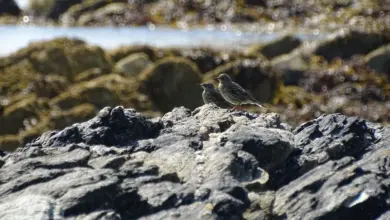Photography: Grasslands
Photography: Grasslands
Good visibility, open views, and clear lighting are all the virtues of grasslands. In many areas, the abundance of animals enhances the aspect of wildlife photography.
Streams and waterholes, which provide both water and cover (the brush, and trees and shrubs.) are usually good sites for photography and are usually the busiest late in the afternoon. Some predators, particularly those that use surprise and pouncing rather than speed in the chase, keep very close to these places. As I have stated before, the most active times are late afternoon and early morning, as it is when the activity cycle for the animals is also greatest. The middle of the day is reserved for resting and grazing. Nonetheless, good visibility over the grassland makes it easy to locate wildlife any time of day.
Flat grasslands make composition a chore. To capture the sense of spaciousness, try using a wide-angle lens and placing the horizon low in the image….this allows unique cloud formations to help enhance the image. If shooting from ground level, it is not easy to see more than the foreground and middle ground unless there is an elevated area within the images. Using a slightly higher or elevated area makes it possible to photograph animals without having to use the horizon in one image. This makes a noticeable improvement.
When I was in Africa, the savannahs were tropical grasslands, and famous for the concentrations of wildlife, mostly the herding mammals. When it comes to wildlife photography, African safaris have little competition in wildlife photography and are second to none to accessible animals and birds. Finding the animals in open grasslands is easier than in any other habitat. This is because there is less cover in which the animals can hide, and most of the herds are grazers which makes them entirely visible. At the same time, large long clumps of grass, and batches of shrubs or trees provide concealment for many animals and predators take advantage of this fact. I found a large hippo, in a batch of shrubs in the midday. The wildlife is so abundant and so easily seen, that one has problems wondering what to shoot next. At one instance, while shooting a herd of elephants, as I looked around, I saw topi, gazelle, zebra, giraffe, eland, cape buffalo, baboons, warthogs, hyenas, and a cheetah….all from one vantage point.
For the large mammal photographer, Africa cannot bettered. Do not miss a chance if one should arise. In the United States, the grasslands are also very productive. Use them to your advantage.
by Ron Toel
Other Articles by Ron Toel:
Choosing the Right Camera … Skyscapes … Landscapes with Animals … Abstract Photography … Close-up Photography … Natural Frames … Nature / Wildlife Photography … Nature / Wildlife Photography … Wildlife Photography from Vehicles … Taking Photos at Zoos … Desert Photography … Photography at Game Farms … Mountain Photography … Wetland Photography … Woodland Photography … The Beauty of Snow and Ice … Geothermal Photography … Stalking Your Targets … Nature’s Calendar … The Color of Light … Twilight Photography … EtiquetteIdeas to Enhance Watching Wildlife … Reasons for Attending a Workshop … Keeping Your Awareness





